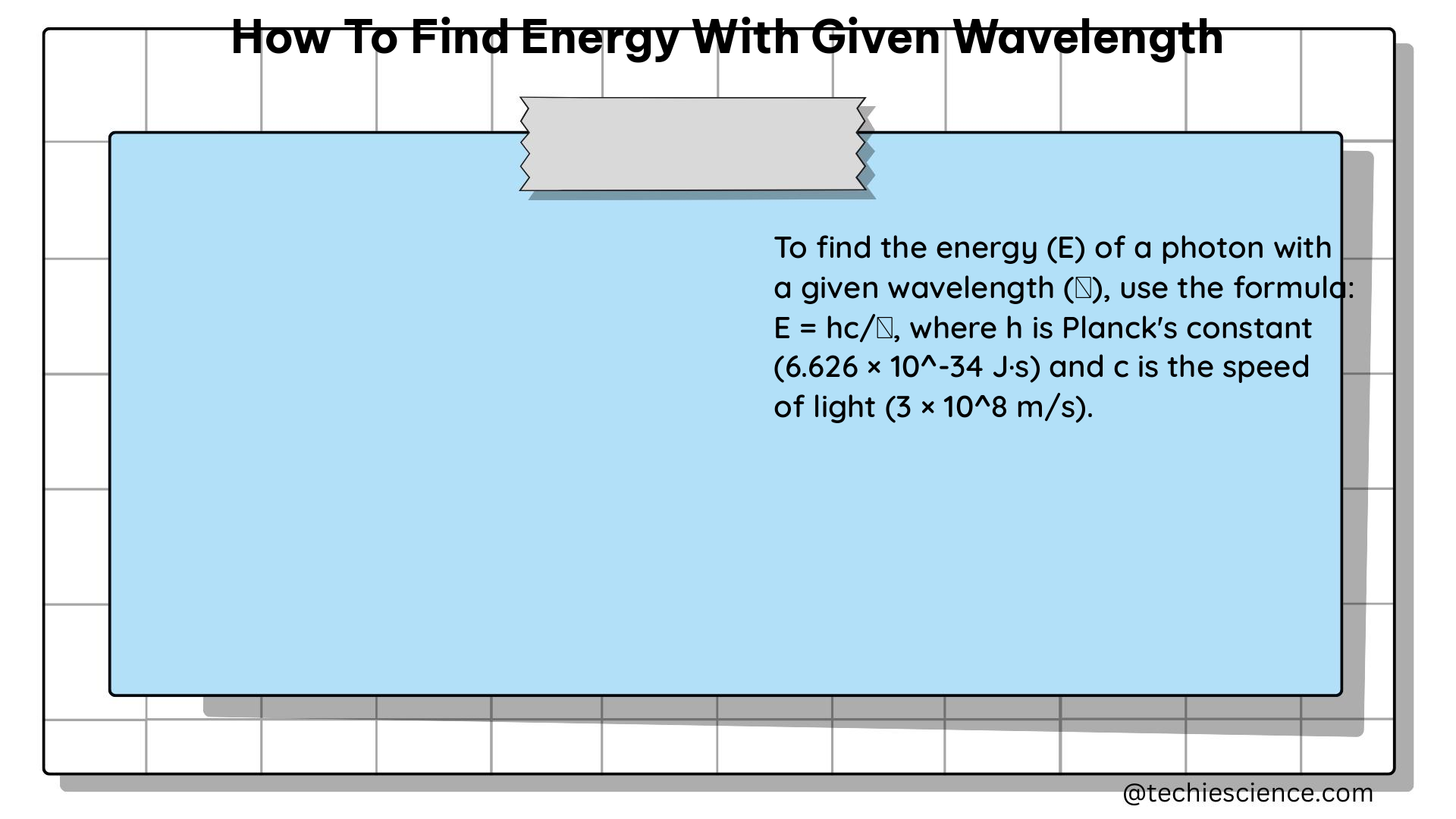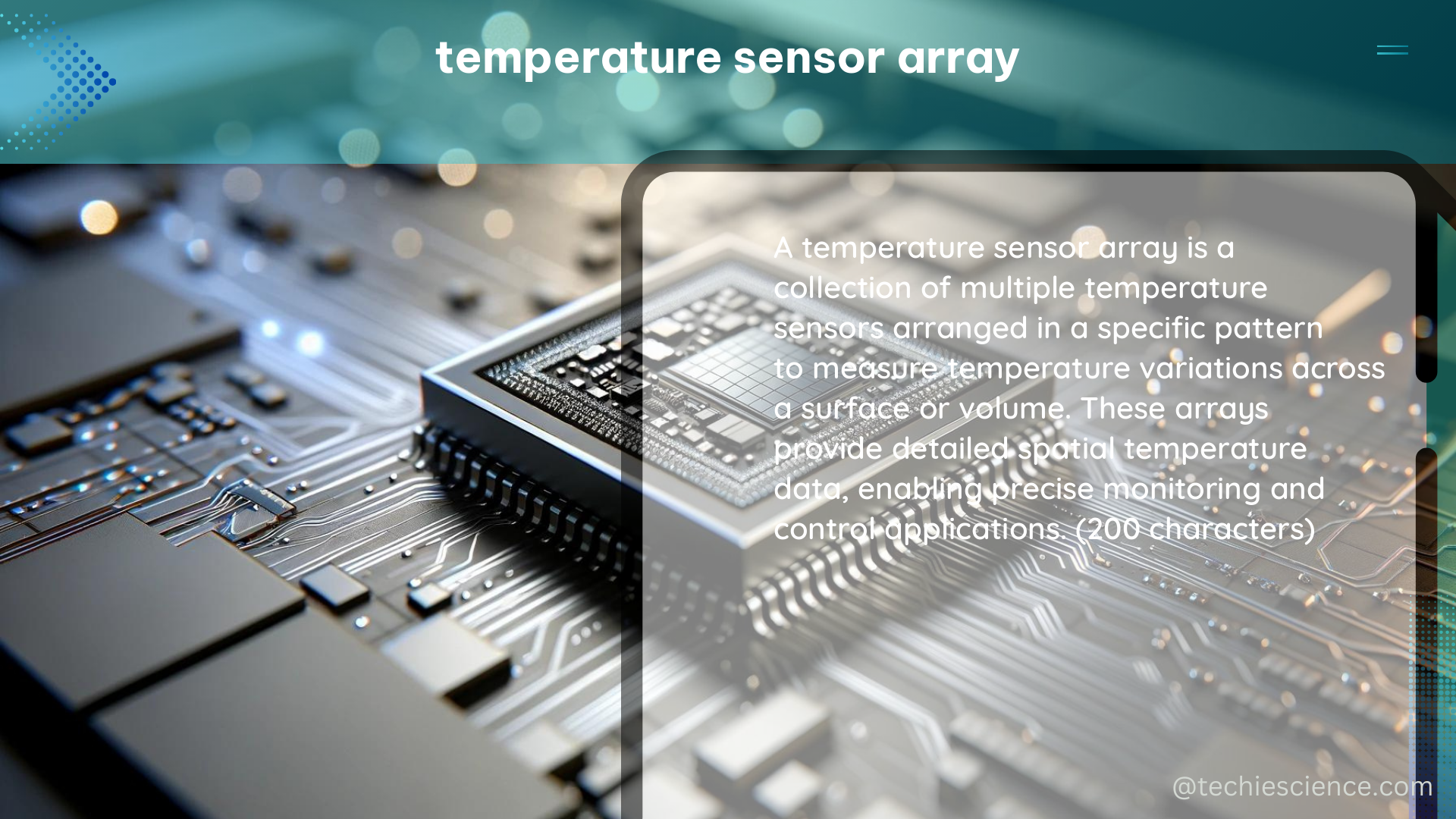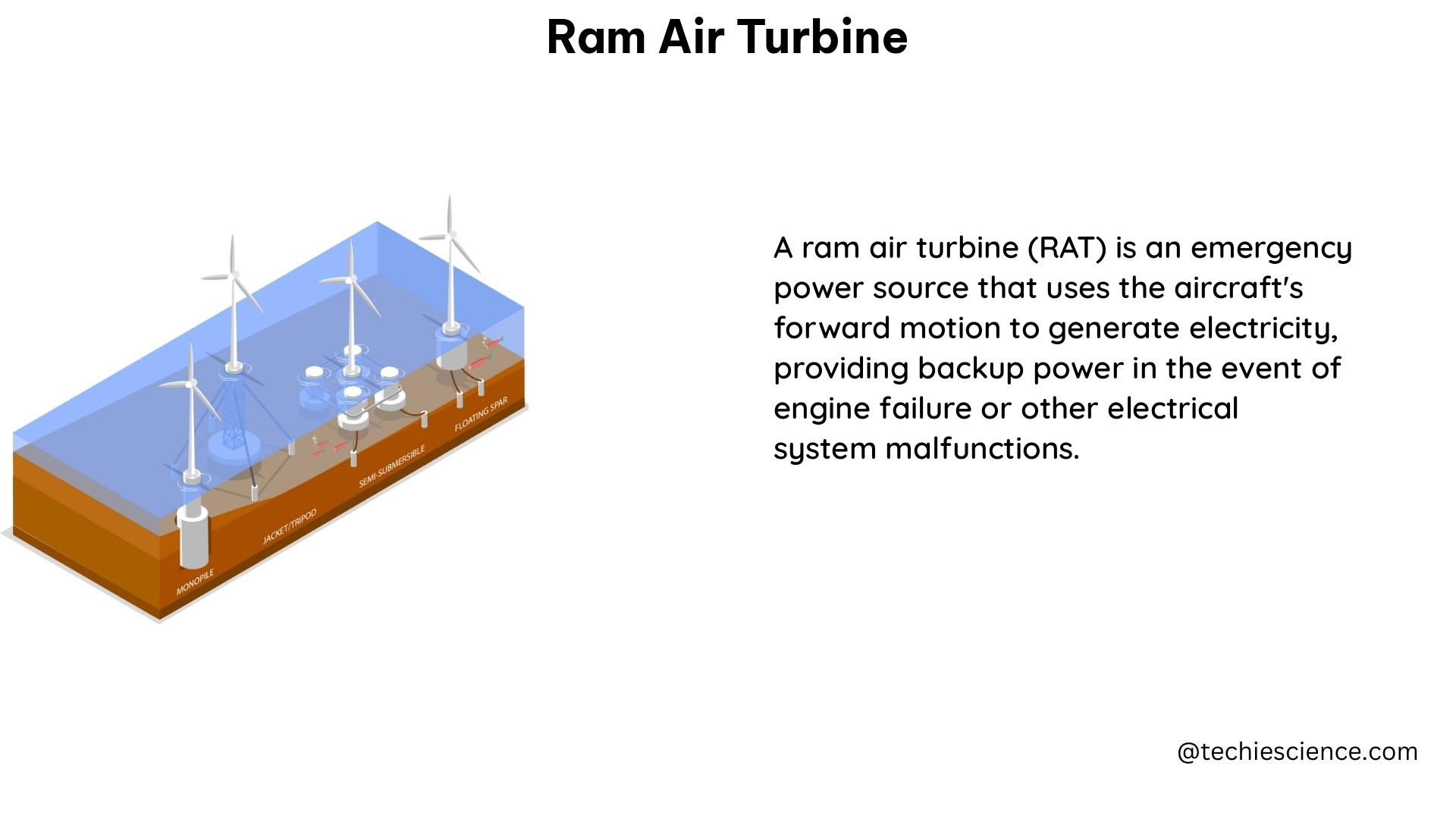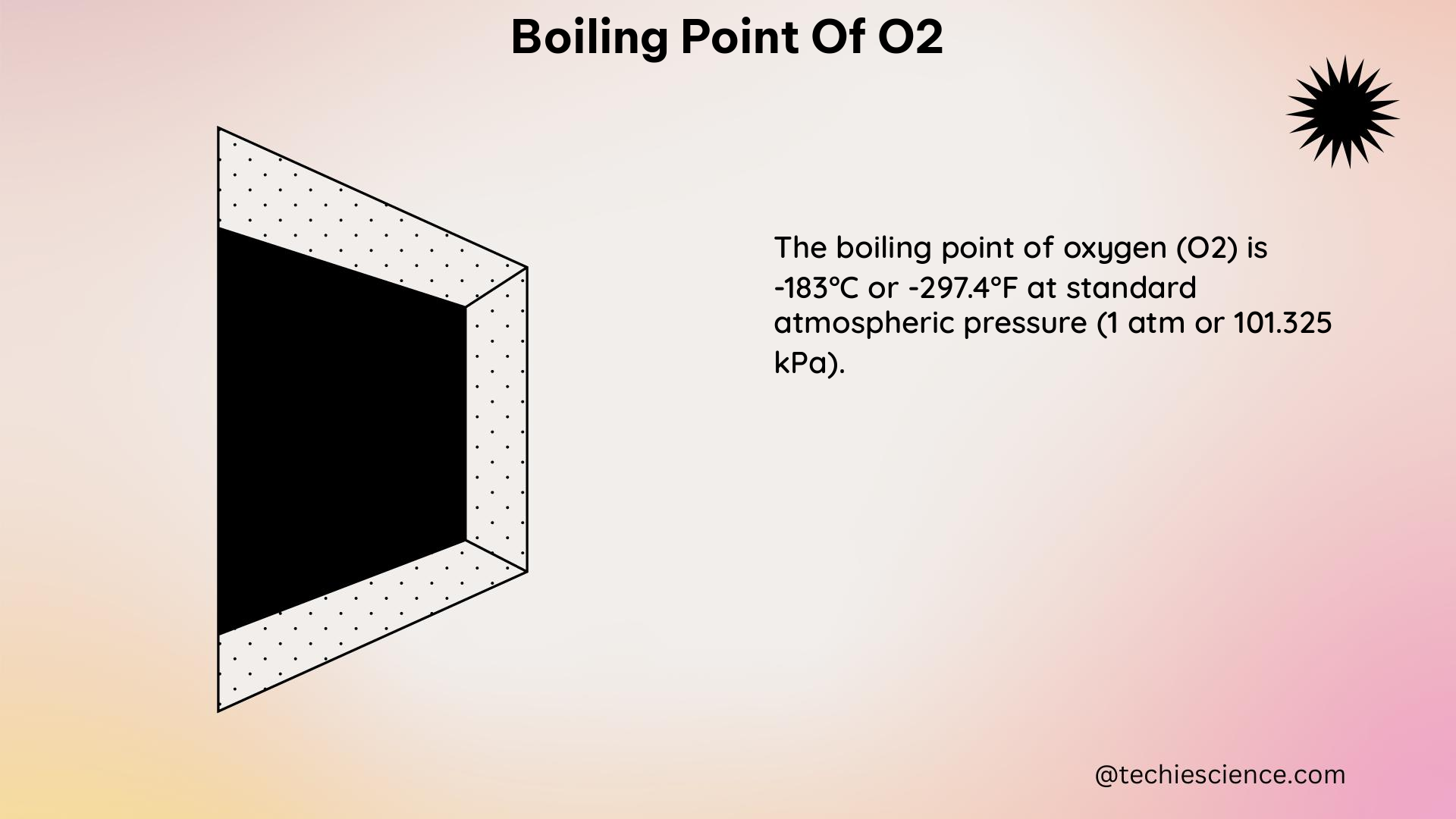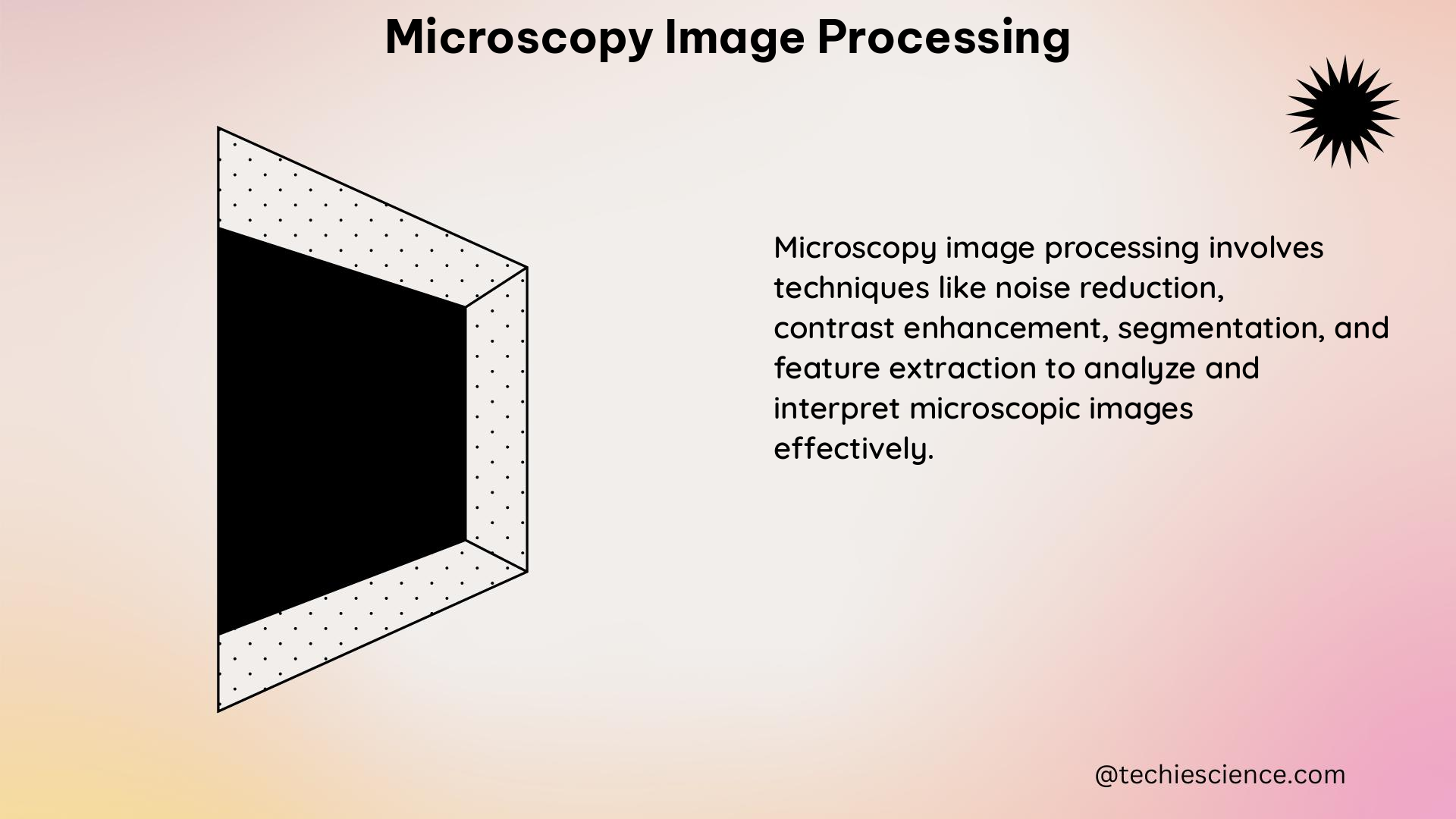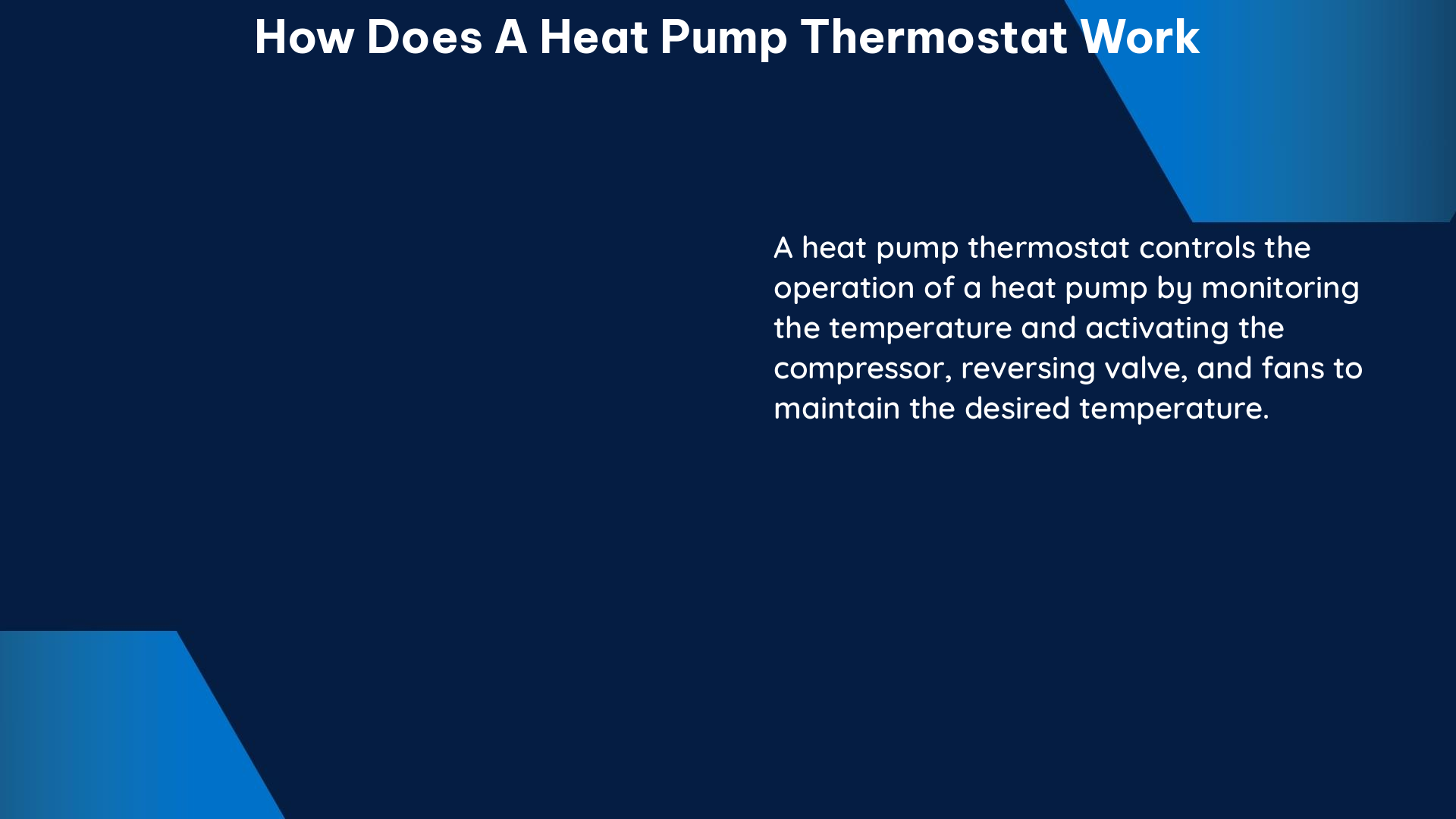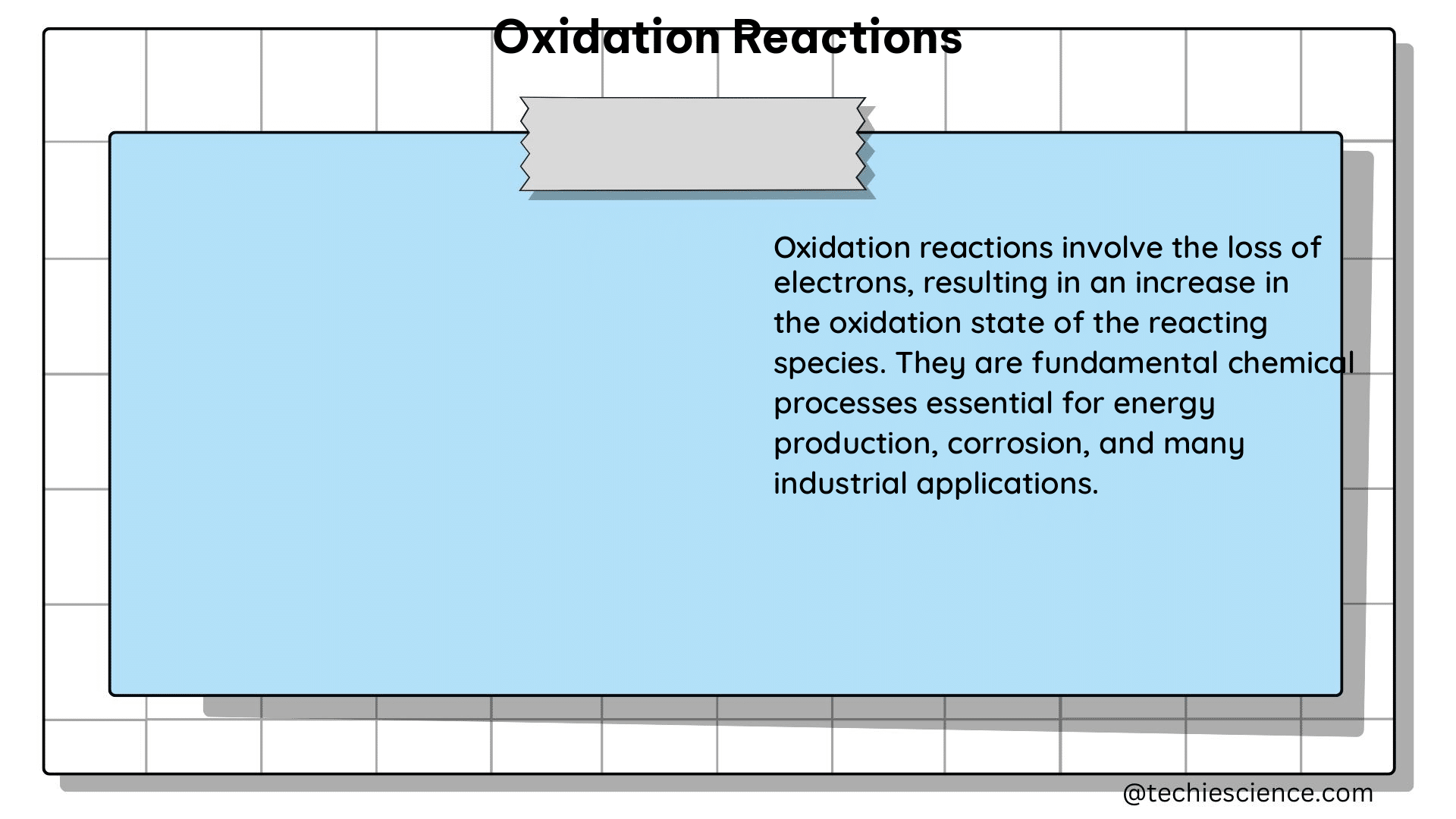A heat pump thermostat is a crucial component in the efficient operation of an air source heat pump system, which uses electricity to transfer heat between the indoor and outdoor environments. By controlling the heating and cooling of a building, a heat pump thermostat plays a vital role in maintaining a comfortable indoor climate while minimizing energy consumption.
Understanding the Basics of Heat Pump Thermostats
A heat pump thermostat works by monitoring the indoor temperature and comparing it to the desired setpoint. When the indoor temperature deviates from the setpoint, the thermostat sends a signal to the heat pump to either heat or cool the air as needed. This process is controlled by the thermostat’s various modes, including off, heat, cool, and emergency heat (EM Heat).
The thermostat’s system switch allows the user to select the desired mode of operation. In the heat mode, the heat pump extracts heat from the outdoor air and transfers it indoors, while in the cool mode, the process is reversed, and heat is extracted from the indoor air and transferred outdoors.
Programmable Features and Energy Efficiency

Modern heat pump thermostats, such as the Ecobee smart thermostat, offer advanced programmable features that can significantly improve energy efficiency. These thermostats can be programmed to operate during different time periods, known as “schedules,” which correspond to the user’s daily routine, such as wake, leave, return, and sleep.
By adjusting the temperature setpoints during these different time periods, the thermostat can minimize energy waste by reducing heating or cooling when the building is unoccupied. For example, the thermostat may be set to a higher temperature during the day when the building is unoccupied, and then automatically adjust to a more comfortable temperature when the occupants return.
Data-Driven Optimization
The Ecobee smart thermostat takes energy efficiency a step further by gathering data on past temperatures, HVAC system run times, outdoor weather conditions, and occupancy patterns. This data is then used to anticipate the building’s heating and cooling needs, allowing the thermostat to automatically adjust the temperature to maintain comfort while minimizing energy consumption.
The Ecobee thermostat also provides users with detailed temperature and operation data, which can be downloaded and analyzed in a spreadsheet or other software. This data can provide valuable insights into the building’s energy consumption and HVAC system performance, enabling the user to make informed decisions about system upgrades or adjustments.
Efficiency and Limitations
Heat pump thermostats can be highly energy-efficient, with theoretical efficiencies around 10x or 1000% due to their ability to move thermal energy rather than create it directly. This efficiency is achieved by the heat pump’s ability to transfer heat rather than generate it through combustion.
However, the efficiency of heat pumps can decrease as the temperature difference between the indoor and outdoor environments increases. In extreme climates, where the outdoor temperature is significantly colder or hotter than the desired indoor temperature, the heat pump may struggle to maintain the desired indoor climate, resulting in decreased efficiency and increased energy consumption.
Conclusion
In summary, a heat pump thermostat is a crucial component in the efficient operation of an air source heat pump system. By controlling the heating and cooling of a building, the thermostat plays a vital role in maintaining a comfortable indoor climate while minimizing energy consumption.
Modern heat pump thermostats, such as the Ecobee smart thermostat, offer advanced programmable features and data-driven optimization capabilities that can significantly improve energy efficiency. However, the efficiency of heat pumps can be affected by extreme outdoor temperatures, which can limit their effectiveness in certain climates.
Reference:
– Predictive Heat Pump Thermostat Could Reduce Energy Bills
– The Ecobee Smart Thermostat: A Data Junkie’s Dream
– How Do Heat Pump Thermostats Work?
– Heat Pumps Work Miracles
– Nest Supplementary Comments
